Simplifying Audits for Less Complex Entities
- Posted by admin
- On January 21, 2025
- 0 Comments
The International Standard on Auditing for Audits of Financial Statements of Less Complex Entities (ISA for LCE) is a crucial addition to the suite of International Standards on Auditing (ISAs). It aims to simplify and streamline the auditing process for smaller, less complex entities (LCEs) while ensuring that the quality and integrity of the audits remain high.
Key Facts of ISA for LCE
| Aspect | Details |
| Effective Date | Audits of financials for periods beginning on or after December 15, 2025 |
| Early Adoption | Permitted |
| Key Features | Proportionate to the nature of LCEs, risk-based approach, principles-based requirements |
| Documentation Requirements | Reduced to reflect the lesser complexity of the audits |
| Audit Evidence | Tailored to obtain sufficient appropriate evidence for reasonable assurance |
| Applicability | Excludes publicly listed entities, public interest entities, and entities with complex structures |
| Supporting Materials | Adoption guides, supplementary guidance on reporting, and implementation guides issued in 2024 |
Specific Exclusions
The ISA for LCE is designed specifically for less complex entities (LCEs), providing a tailored, efficient audit framework. However, certain exclusions must be understood to apply the standard correctly.
- Publicly Listed Entities: Entities with securities traded on a public market are excluded due to their complex financial structures and the broader public interest in their financial disclosures.
- Public Interest Entities: Entities that hold a significant public interest because of their business nature, size, or the number of their employees, such as large banks or insurance companies, are not eligible for audits under ISA for LCE.
- Complex Structures: Entities with complex organizational structures, such as those involving sophisticated financing arrangements or extensive foreign operations, are also excluded.
Illustrative Scenario
Imagine an audit of a small, family-owned restaurant chain with straightforward accounting processes and minimal external financing. This entity would likely qualify for an ISA for an LCE audit. In contrast, a small biotechnology firm that is publicly traded and involved in complex research and development partnerships would not be eligible due to its public listing and the complexity of its operations and financing.
Understanding the Structure and Content of ISA for LCE
The ISA for LCE is divided into several parts, each designed to address different aspects of an audit for less complex entities:
- Fundamental Concepts and General Principles: This section lays the groundwork for the audit, emphasizing professional judgment and professional skepticism throughout the audit process. Ethical requirements and quality management at the firm level are also highlighted .
- Audit Evidence and Documentation: Specific guidelines are provided on obtaining sufficient appropriate audit evidence and maintaining adequate documentation. This part ensures that auditors gather enough evidence to support their audit opinions while keeping a clear and organized record of their findings.
- Planning the Audit: It covers how auditors should plan their audit work, including discussions on materiality and the design of audit procedures that reflect the more straightforward nature of LCEs. The planning stage is critical as it sets the tone and direction for the entire audit.
- Risk Assessment: Auditors are guided in assessing risks of material misstatement, both at the financial statement and assertion levels. Understanding the entity and its environment is vital here, as it helps identify areas where misstatements could arise.
- Responding to Assessed Risks: This part instructs auditors on designing and implementing appropriate responses based on the identified risks. This could involve a combination of substantive procedures and tests of controls tailored to the context of the LCE.
- Concluding and Reporting: The final stages of the audit involve evaluating the audit findings, forming an audit opinion, and preparing the auditor’s report. This part also deals with the auditor’s responsibilities concerning subsequent events and going concern considerations.
Practical Application and Case Studies
To illustrate the application of ISA for LCE, consider a hypothetical audit scenario for a small manufacturing firm. The firm is privately owned, has straightforward business operations, and has a simple organizational structure, making it a typical candidate for an ISA for an LCE audit.
- Risk Assessment: The auditor identifies that the firm’s inventory is a significant area due to the risks associated with obsolescence and valuation. The auditor decides to perform enhanced inventory counts and valuation assessments.
- Documentation: Given the firm’s size, the auditor maintains a focused audit file, documenting key risks, the audit plan, evidence obtained, and the rationale for the conclusions drawn.
- Audit Conclusion: The auditor evaluates the evidence collected and concludes that the financial statements are free from material misstatement. The audit report is prepared, clearly stating the basis for the opinion and noting the use of ISA for LCE.
Advantages for Audit Professionals
For audit professionals, the ISA for LCE offers several advantages:
- Efficiency: Streamlined standards reduce the complexity and volume of documentation and procedures, allowing auditors to focus on critical areas of risk and materiality.
- Clarity and Focus: The standard is designed to be clear and concise, aiding in its application across diverse scenarios without the need for extensive customization.
- Professional Development: Engaging with a standard tailored for LCEs enhances an auditor’s ability to cater to a niche market segment, potentially expanding their professional opportunities.
KNAV Opinion
The concept of “one size does not fit all” has indeed become a guiding principle across various domains, reflecting a shift towards customization and specificity in services and products. This principle is particularly relevant in auditing, where the diversity of sectors and industries means that the complexities and needs can vastly differ from one entity to another. With the announcement of ISA for LCE, there indeed comes a “sigh of relief” for these smaller entities and their auditors.
Recognizing that complex auditing standards suitable for large multinational corporations do not fit the simpler operations of smaller entities, this approach reduces procedural complexity while preserving the core objectives of auditing—ensuring financial statements are free of material misstatements. This approach enhances audit efficiency for smaller entities without compromising the integrity and quality of financial reporting, thus supporting the broader economic ecosystem by making compliance manageable and meaningful for all. With the rollout of the ISA for LCE, auditors must accurately determine its applicability to entities and adhere to its specific reporting requirements, ensuring audits are compliant and reflective of the streamlined processes tailored for less complex entities.











0 Comments